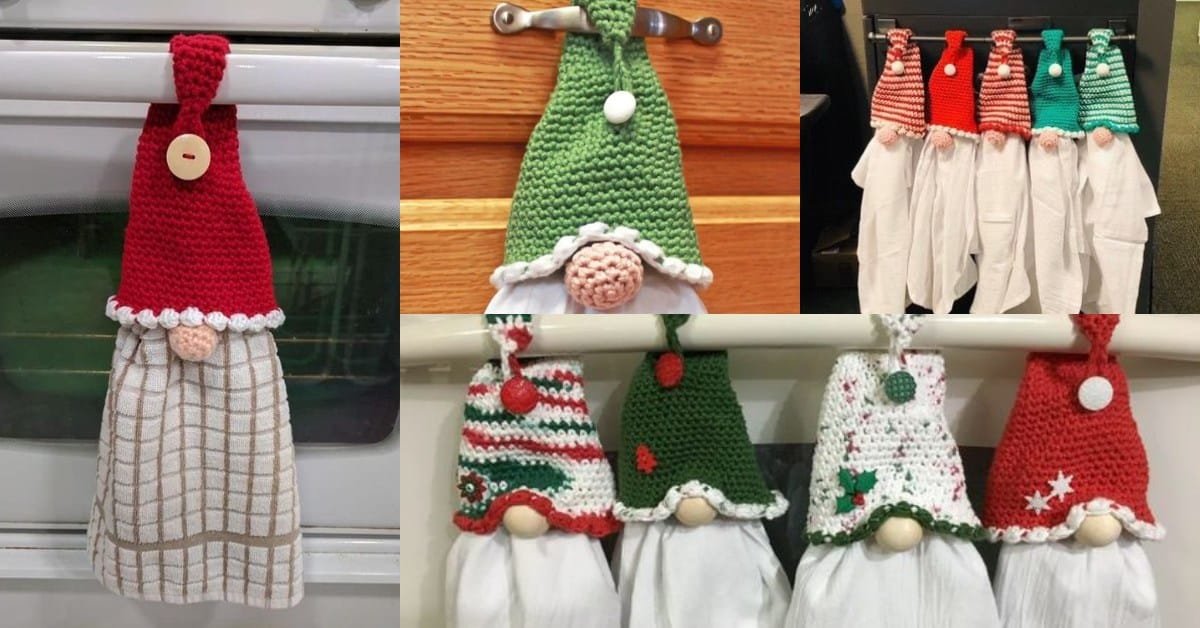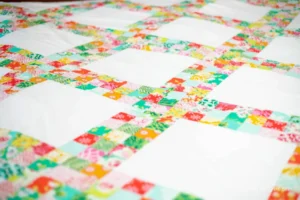Creating a Lucky Star Quilt Block is a wonderful project for quilt enthusiasts of all skill levels. This Lucky Star Quilt Block Tutorial will guide you through every step, ensuring that even beginners can achieve beautiful results.
Known for its unique star pattern, the Lucky Star Quilt Block adds elegance and charm to any quilt. In this tutorial, we’ll walk through materials, step-by-step instructions, tips for perfecting your blocks, and more. By the end, you’ll feel confident in crafting this lovely design.
Quilters often find that working with star blocks, like the Lucky Star, is both rewarding and slightly challenging, as precision is essential.

However, with the right guidance and some practice, you’ll be creating beautifully aligned stars that will impress.
The key to mastering this block lies in following each step carefully and maintaining a steady hand with your measurements and cuts. Ready to dive in? Now, let’s get started with the materials and preparation you’ll need for this project.
1. Choosing and Preparing Materials
Selecting high-quality fabrics and the right tools for your Lucky Star Quilt Block can make a significant difference in the final product.
- Fabric Selection: The Lucky Star block looks stunning with contrasting colors. Choose two to three fabrics that complement each other, ideally with a mix of light, medium, and dark shades for depth.
- Cutting Tools: Invest in a good rotary cutter and a self-healing cutting mat. Accurate cuts are essential for precision in quilting, and these tools will make the job easier.
- Measuring Tools: A quilting ruler helps in achieving exact measurements, which is key for any quilt block, especially for star designs.
- Thread Selection: Using a thread that matches or slightly contrasts with your fabric can highlight the seams beautifully. For best results, use high-quality quilting thread that is strong and durable.
- Needles and Machine: Ensure your sewing machine is set up with a needle suited for quilting and is in good working condition. This will make the stitching smoother and prevent needle breaks.
- Pressing Matters: Ironing each seam as you go is critical. Pressing tools and a reliable iron will help ensure that your blocks lay flat and align correctly, making assembly smoother.
2. Step-by-Step Assembly of the Lucky Star Block
Assembling your Lucky Star Quilt Block requires patience and attention to detail. Below are the steps to ensure each part aligns perfectly.
- Cutting Your Fabric: Begin by cutting your fabrics into the specified pieces. For a typical Lucky Star block, you’ll need squares and triangles of varying sizes. Precision is essential to make sure each part fits together seamlessly.
- Creating Half-Square Triangles (HSTs): Many star blocks rely on HSTs for their points. To make HSTs, place two squares right sides together, draw a diagonal line, and sew along each side of the line. Cut along the line to create two HSTs.
- Arranging the Pieces: Lay out all pieces in the Lucky Star pattern. Start by placing your center square, then arrange the HSTs and other triangles around it to create the star shape. Double-check that all pieces are facing the right direction.
- Sewing Rows Together: Begin by sewing each row separately. Once each row is complete, press the seams in alternate directions. This will help the seams nest together when you sew the rows.
- Joining the Rows: Carefully join each row, making sure the seams align perfectly. This step is crucial for the star points to line up correctly.
- Final Pressing and Trimming: Once all rows are joined, press the entire block and trim it to ensure that it’s square and measures the correct size.
3. Tips for Precision and Professional Finishes
Creating a polished Lucky Star Quilt Block involves a few additional techniques that enhance the final look of your block.
- Consistent Seam Allowance: Maintaining a consistent ¼-inch seam allowance throughout is vital. This precision ensures that your pieces will align properly.
- Ironing Tips: Always press rather than iron. Pressing with an up-and-down motion keeps the fabric from stretching, helping your seams stay crisp.
- Chain Piecing: For efficiency, use chain piecing where possible. Sewing multiple pieces in a continuous line saves time and helps with accuracy.
- Square Up Blocks: After each step, square up your blocks to keep everything aligned. This prevents small errors from adding up.
- Avoid Stretching: Handle your fabric pieces gently, especially along the edges. Pulling on fabric can distort its shape, leading to misalignment in your star pattern.
- Take Your Time: Rushing through can lead to mistakes. Take it slow and enjoy the process; quilting is about patience as much as creativity.
4. Assembling Your Quilt Top with the Lucky Star Blocks
Once you’ve completed several Lucky Star Quilt Blocks, the next step is joining them into a quilt top.
- Layout Planning: Arrange your Lucky Star blocks on a flat surface to decide on a layout. Alternate colors or patterns to add variety and visual appeal.
- Sashing Options: Adding sashing between your blocks can frame each star individually. Choose a fabric that complements your stars but does not distract from the main design.
- Borders and Binding: Consider adding a border around the quilt top to frame it. Borders can help unify the quilt’s colors and add size.
- Joining Blocks and Rows: Begin by sewing blocks into rows, pressing the seams as you go. Then, join each row, carefully aligning the points of each star.
- Quilting Techniques: Decide on a quilting technique to enhance your design. Simple straight-line quilting or echo quilting around the stars can highlight their shapes.
- Final Binding: After quilting, finish by binding the edges. Choose a binding color that ties the whole quilt together, either matching the border or contrasting for added flair.
FAQ
Q: How difficult is the Lucky Star Quilt Block to make?
A: The Lucky Star Quilt Block is a moderate-level project. While it requires precision, careful cutting, and piecing techniques, following a detailed tutorial can make it manageable for beginners with some sewing experience.
Q: What size should each Lucky Star block be?
A: Lucky Star blocks typically measure around 12 inches, but you can adjust the size based on your preference. Ensure that all blocks are consistently sized for assembly.
Q: Can I make the Lucky Star Quilt Block with a sewing machine?
A: Yes, using a sewing machine is recommended for accuracy and efficiency, especially when making multiple blocks. Just ensure your machine is set for quilting with a ¼-inch seam allowance.
Q: Do I need special fabric for this project?
A: You can use any quilting fabric, though 100% cotton is preferred for its durability and ease of handling. Choose contrasting colors for the star pattern to stand out.
Q: How can I make sure my points align perfectly?
A: To ensure perfect points, maintain a consistent ¼-inch seam allowance, press seams carefully, and pin precisely where seams meet.
Q: What’s the best way to finish the quilt after assembling the blocks?
A: After piecing and sewing your blocks into a quilt top, add batting, a backing fabric, and quilt the layers together. Finally, bind the edges to complete the quilt.
Join our VIP broadcast list and gain access to exclusive patterns, all for free. As a VIP member, you’ll receive the best patterns daily, delivered directly to your device. ✨📱 It’s a unique opportunity to stay up-to-date with the latest trends and designs, curated just for you. Don’t miss out on enhancing your projects and discovering new inspirations with the best patterns every day! 🎨🔝
Conclusion
The Lucky Star Quilt Block Tutorial provides a step-by-step guide for creating a stunning quilt design that’s both timeless and versatile.
This block is perfect for adding a touch of elegance to your quilting projects, whether you make a full quilt or incorporate it into other items. By carefully following each step, using quality materials, and taking your time, you’ll achieve beautiful, professional-looking results.
Have you tried making a Lucky Star Quilt Block? Share your thoughts, experiences, and any suggestions for others trying this design in the comments below. Your feedback is invaluable!



